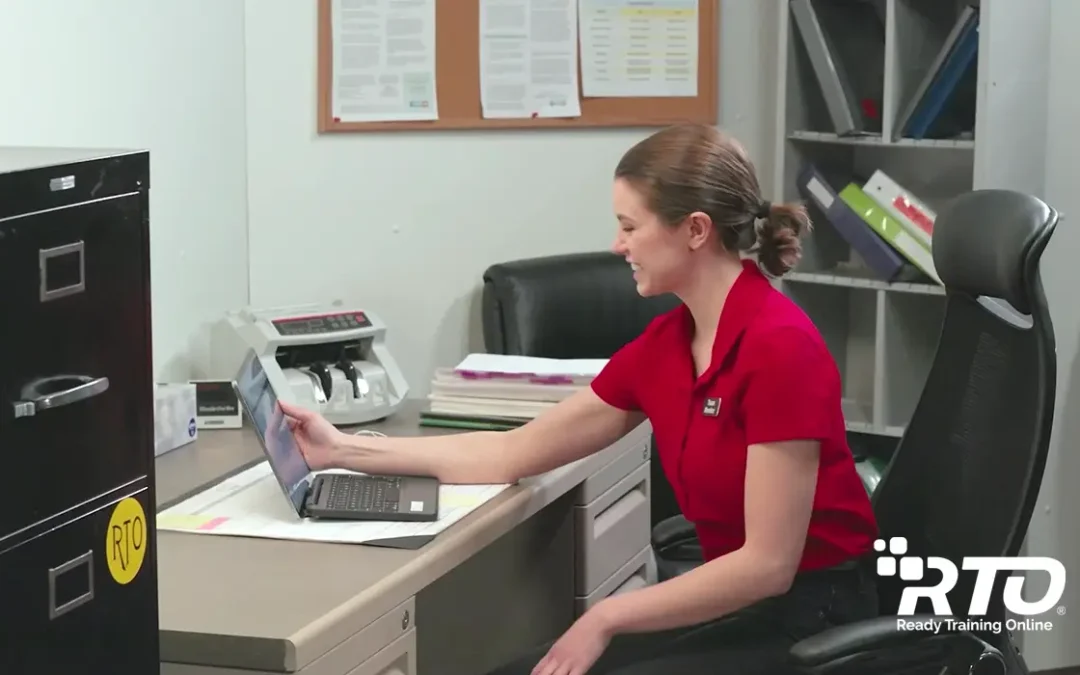We all know how important it is to make a positive first impression – but that doesn’t just apply to employees. As an employer, it’s equally important that you make a positive first impression on your new hires. How you welcome and onboard your new employees says a lot about your company and speaks volumes about what that new employee can expect in the future.
Avoid These 9 Common Onboarding Mistakes
A Gallop poll found that 88% of new hires believe their employer did a poor job onboarding them, and employees who had a negative onboarding experience are twice as likely to start looking for a new job as soon as possible. In today’s job market, it’s hard enough to find and hire employees – you want to make sure you’re doing everything you can to keep them. Therefore, it’s important to make sure you’re avoiding these common onboarding mistakes.
1. No Pre-Boarding Process
The first mistake commonly made when it comes to employee onboarding is the lack of pre-boarding. The new hire signs their acceptance letter, and then doesn’t hear from anyone again until they walk into the building on their first day. In many cases, you have at least two weeks to start the process of making the employee feel welcome, and ensuring they know what to expect on their first day. Here are just a few ways you can take advantage of that time:
- Send out any forms needing signed in advance so they have time to review them before day one – this will also help cut down on the time spent doing boring paperwork. If you’re not required to witness signatures, these forms can be sent by email for electronic signature, cutting out the need to process paperwork on day one entirely.
- Coordinate with IT to make sure the employee’s workstation is set up and stocked with anything they may need – including any welcome gifts or company swag.
- Develop a survey for the new employee to fill out, then send their responses out to the company on their first day. This will not only introduce the new employee to their coworkers, but help current employees discover common ground for team bonding.
2. Zero Planning and Organization
Another common onboarding mistake is failing to develop an organized schedule or plan for the new employee’s onboarding period. A lack of an onboarding schedule may give the impression of disorganization, which would make a bad first impression. Providing the new employee with a detailed schedule for their first week – or even the first several weeks – will help them to have a better understanding of what may be expected of them and may help decrease the potential to feel overwhelmed. Sending out this schedule in advance, as part of your pre-boarding process, will help the new employee feel more prepared for their first day.
3. Let HR Deal With It
Too often the responsibility of onboarding new employees is left solely in the hands of the Human Resources department. While HR certainly has a role to play, it’s also important to introduce the new employee to their closest coworkers as soon as possible.
- Schedule introductions early into the onboarding period so they get to know their team.
- Have the employee’s team – or at least a few members of the team – take them to lunch on their first day.
- Plan team bonding activities or training sessions.
- Involve coworkers in the training and onboarding process.
4. Making Wrong Assumptions Can Lead to Information Overload
We’ve all done it – at some point we’ll start talking about something that we assume the listener understands, and before we know it we’re on a tangent and the listener is left so far behind they don’t even know the right questions to ask. Making this mistake during the onboarding process could be damaging to the overall success of your new employee. Don’t assume they’re familiar with all the software programs your company uses and try to be conscious of the use of any corporate or industry lingo that outsiders may not understand. Remember that even if this new employee comes from another company within the same industry, there may still be a big learning curve. Slow down, let them ask questions and don’t expect them to immediately remember everything. If possible, create cheat sheets or help guides for employees to refer to when needed.
5. Getting Stuck in a Rut
It’s easy to fall into a routine with employee onboarding, but that may not always be the best answer. While many elements of your onboarding process will be standardized, you should also work on making parts of the process unique to the new hire and their role within your organization. Embracing technology makes it even easier to customize your onboarding process. Using a learning management system (LMS) for training allows you to create custom learning paths which ensure the new employee’s initial training is specific to their role, job, and location. This will also help you track and certify compliance training that in some cases is mandated by law.
6. Failure to Define Expectations
Nothing can affect an employee’s comfort with a new job faster than not knowing what is expected of them. A lack of understanding will lead to confusion and possibly even poor job performance. Make sure each new employee fully understands not only the company’s expectations, but also the expectations their managers may have. It’s equally important to clearly define the employee’s expectations of you; this way, you’re starting on the right foot fully understanding each other. Additionally, the onboarding process should include a discussion of corporate culture, so the employee understands not only job performance expectations, but also behavior, dress code, and other information.
7. Avoiding the “Relationship Talk”
When beginning a new job, employees like to believe they have a future with the company. Don’t leave them hanging and wondering – be up front about career development. Use your LMS to assign courses for the future that support the employee’s goals and prepare them for advancement. When an employee knows you’re willing to invest in their future development, they’ll be more eager to learn during the onboarding process.
8. Lack of Variety
As the saying goes, variety is the spice of life. No one wants to sit in a room all day listening to the same person speaking – at some point even the best employees will start to tune out. Studies have shown that incorporating blended learning into an onboarding and training program can increase employee retention, and it will make the entire experience more interesting. Add in automation where you can by breaking up in-person sessions with eLearning modules that the employee can take on their own. Involve teammates in on-the-job training.
9. Failure to Establish a Feedback Loop
The last common onboarding mistake is believing the onboarding process ends when the new employees completes their onboarding. “If it ain’t broke don’t fix it” does not apply to employee onboarding. Your onboarding process should be continually evaluated and updated to ensure your new employees are getting the best possible experience. Establish a feedback loop that obtains information and feedback from your new hires – what did they like? What didn’t they like? What could be improved? Ask them for their ideas and suggestions. Your employees are your most valuable resource when it comes to improving your onboarding process.
Make Onboarding Easier
You can improve your employees’ onboarding experience by utilizing a learning management system. Provide training, quizzes and checkpoints, and even obtain signatures for documents with trainingGrid® LMS. Schedule a call today.





